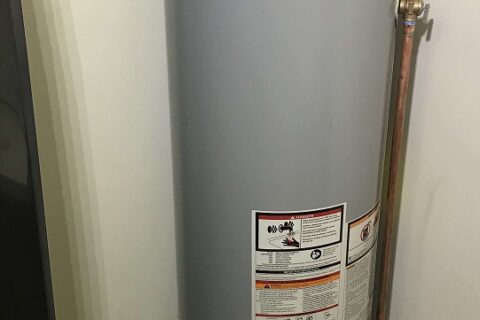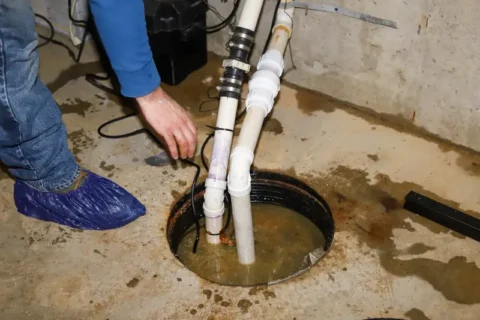Blogs
Are your faucets making strange noises? Water pressure not what it used to be? You’re not alone. As a Clarendon Hills resident, your home’s plumbing…
Ever walked into your basement after a heavy rainstorm only to find water pooling on the floor? If you’re a Clarendon Hills homeowner, you’ve likely…
Water damage can be a homeowner’s worst nightmare, causing significant physical destruction and emotional distress. Whether it’s a minor leak or…
Sump pumps protect homes from basement flooding, but they don’t last forever. Whether you’re looking into installing one for the first time…
What Is a Sump Pump?
Water in your basement is never a good sign. Whether you stumble across a small puddle or experience a full-on flood,…
Plumbing problems can be a nightmare for homeowners. From clogged drains to burst pipes, even minor issues can escalate into major damage if left…
Introduction
In today’s fast-paced world, convenience is a top priority for homeowners, but in the pursuit of comfort, some critical aspects of…
When it comes to choosing a plumbing company, whether for your home or business, the decision is not one to take lightly. A reliable plumber can…
Plumbing emergencies can strike at any time, leaving homeowners scrambling to find solutions. From burst pipes to clogged drains, these issues…
Water is an essential part of daily life, but not all water is the same. If you live in an area with hard water, you might be familiar with the…
Request Your Expert Plumbing Service Today



